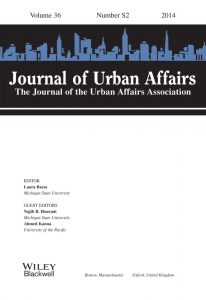Conspicuous or Inconspicuous Consumption?
 by bmckernan
by bmckernan
Over one hundred years ago, noted sociologist Thorstein Veblen introduced the concept of “conspicuous consumption” to describe the lifestyle of members of the upper class who purchase goods and services not out of necessity but instead as indicators of their wealth and status. According to a recent Newsweek article, the era of conspicuous consumption may be placed on momentary hiatus as millions of Americans struggle to make ends meet.
While the article should not be treated as a rigorous investigation into American consumption patterns, it at least points towards some potentially insightful research projects and contains some interesting anecdotes. For example, the article notes that multimillionare Michael Hirtenstein, a man who already owns eight properties, sadly had to renege on his latest acquisition, a $35 million duplex in Manhattan’s trendy Tribeca neighborhood. As the article explains, though Hirtenstein can afford the apartment, he just doesn’t feel like “buying random toys” while his friends are hurting. Similarly, the article notes that circulation rates for luxury magazines are down 22% in only a year and Hollywood is currently struggling to tone down luxurious lifestyle depictions in such soon to be released films as “Confessions of a Shopaholic”.
According to the article, this feeling of “luxury shame” is proliferating across America’s upper class. Suddenly, as much of America struggles just to get by, conspicuous consumption appears to be no longer fashionable. How prevalent this sentiment actually is and how long it will endure are certainly two valuable research questions for social scientists interested in this field to answer.



